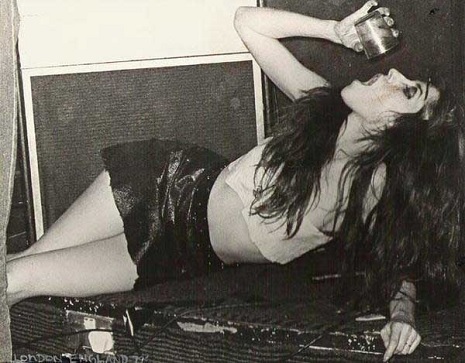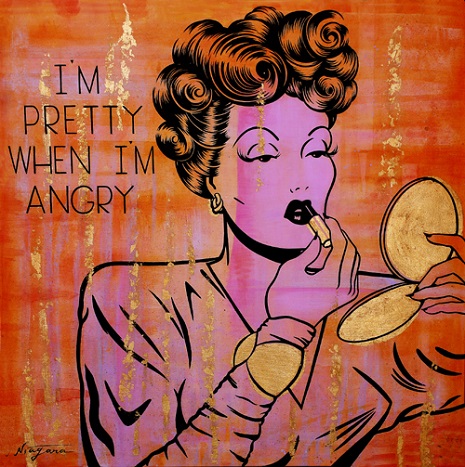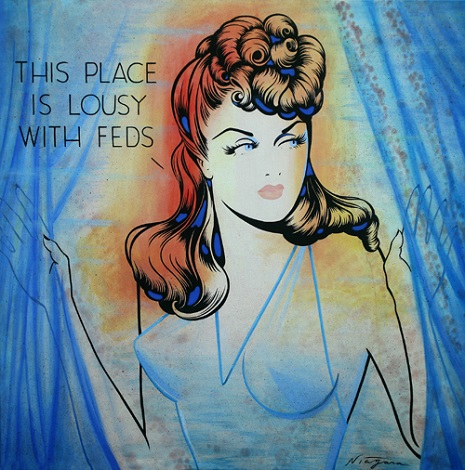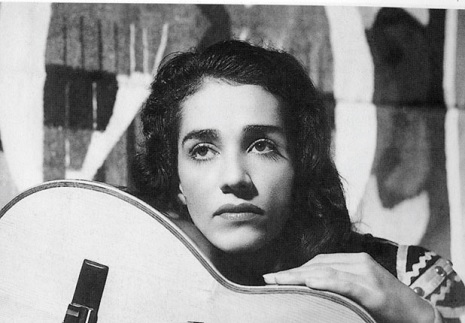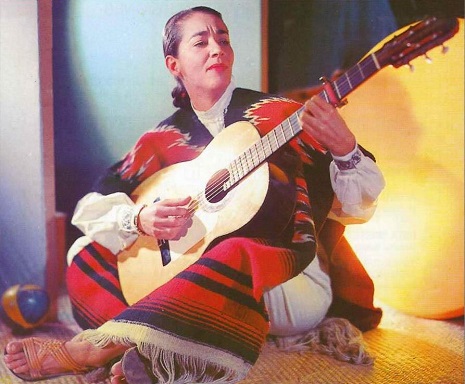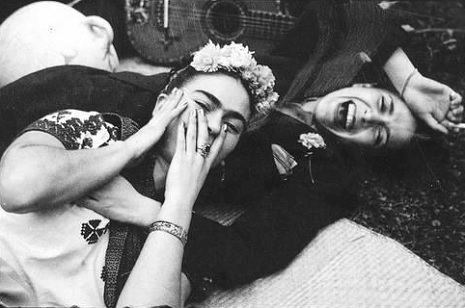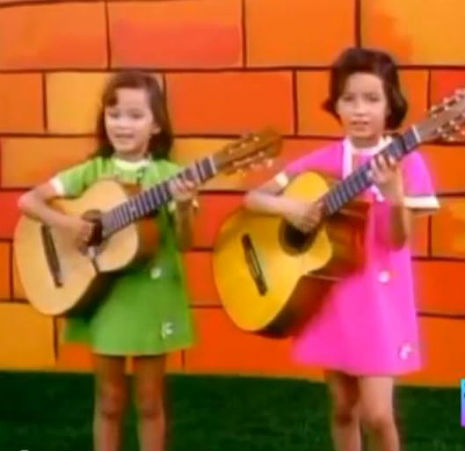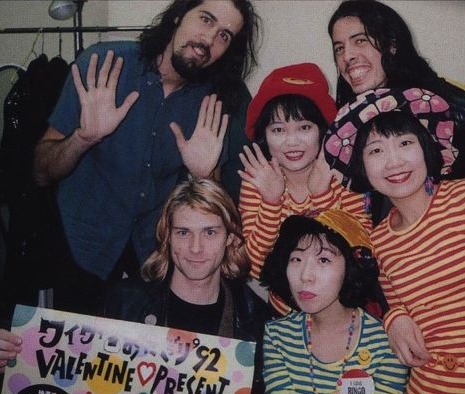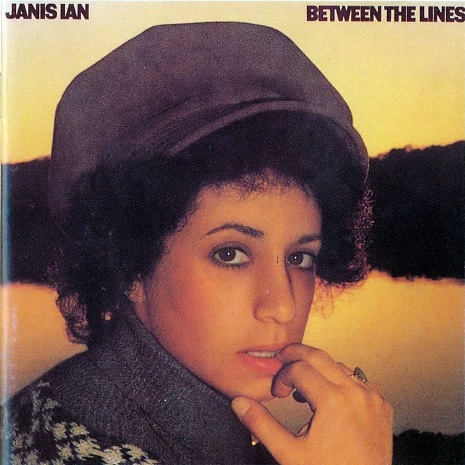
My love of “AM Gold” is well-documented on this blog, and I defend the soft-rock/easy listening genres of the 1970s as an artistic movement of intimacy, reflection, and pathos. John Denver? Absolutely! Let’s open the windows, and smell the fresh air! Thank god, I’m a country girl. Bill Withers? Great! I’ll make some chamomile tea and we can wrap ourselves in kaftans! Carol King? Just give me a flowing maxi dress of natural fibers, I think I’m ready for motherhood. And Janis Ian? Do you even have to ask? Janis Ian makes me want to paint my apartment burnt sienna and avocado green, put on “At Seventeen,” and do some fucking macrame.
There’s a lot that’s great about Janis Ian. Yes, “At Seventeen” is a beautiful feminist anthem of isolation and loneliness, but her first hit, “Society’s Child (Baby I’ve Been Thinking),” is also remarkable. Released when Ian was just fifteen (she wrote it at thirteen), “Society’s Child” told the story of an interracial relationship. Despite its “Leader of the Pack” teen-melodrama sound, it was actually banned on the radio. While the lyrics are pretty earnest (she was thirteen, what do you expect?), her subject indicated a serious-minded commitment to social justice. (And that didn’t come out of nowhere. Ian’s family were serious leftists, and often under surveillance for their politics.)
In 1993, at the age of 42, Janis Ian came out as a lesbian. She then immediately shocked her fans by appearing on Howard Stern’s radio show. Below is Ian’s 1994 defense of the appearance, penned for The Advocate. It seems like they have a legitimate friendship, which doesn’t surprise me—Howard always struck me as “the gentleman’s shock jock.” (I don’t really see her being friends with Mancow, right?) After the interview, you can even see video of Ian performing “Seinfeld’s Girl is Seventeen with Double Ds,” a parody of “At Seventeen” with Howard; the lyrics are reworked to mock Jerry Seinfeld’s then relationship with a 17-year-old high schooler.
And this is what’s so great about Janis Ian. For all her humanity and insight and the vulnerable beauty of her music, Janis Ian does not give a fuck about your approval.
I did Howard Stern last year, and joined the ranks of the Politically Incorrect.
I love doing Howard. I’ve done his morning radio show, his E! television show, and his disgusting New Year’s Eve special. (Don’t ask.)
I like Howard. He treats me with courtesy, and he recognizes my relationship as valid. In fact, he tried very hard to find an appropriate term for introducing my partner. After rejecting “Mr. Ian”, “Mrs. Ian”, and “Her Better Half”, he finally settled on “Mr. Lesbian”, a term we find appallingly funny and poignantly correct.
Stern is currently running for governor of New York, and I’m betting he’ll get over 50,000 votes. Why? Because he touches people - although by his own admission his penis is too small to touch much. (Another reason to like him: who was the last man you heard admit to that?)
Howard operates from the theater of honesty in a way very few performers dare. He says things I’m afraid to say, and admits to feelings I’ve overheard on tour buses and in mens’ locker rooms when no one thinks I’m listening. He’s thoroughly uncomfortable with gay male sexuality, but he also excoriates anyone who would deny their right to consensual sex.
The fallout of doing Howard has been both educational and frightening. People writing to my “fan club” who identify themselves as politically correct are ‘horrified’ and ‘furious’ that I find any common ground with him. The hate mail contingent seems to mistake theater for reality—and their own bigotry for enlightenment—threatening us both with “dire consequences”.
I’m at a loss as to why they find the friendship so dangerous. Howard’s “Lesbo Dial-A-Date” is one of the hottest shows on radio; during it he treats us exactly like he treats his heterosexual female guests—snidely, with double entendres flailing.
Yet my mail assumes that because many of the guests on Dial-A-Date are women with big hair and harsh rural accents (yes, I consider a heavy Brooklyn accent rural), who strip/spank/tease with gleeful abandon, he’s “victimizing the lower economic strata, who can least defend themselves”.
Excuse me? Do they mean that if you have a sixth grade education, you’re less capable of deciding what to do with your body than if you have a Ph.D? Is someone who makes less money also less capable of choosing their own path? I find that attitude incredibly patronizing, and demeaning to all women.
Political correctness is a form of censorship. I learned about censorship in 1966, when as a 15-year-old singer/songwriter I saw my record “Society’s Child” banned across the United States. Disk jockeys were fired for playing it; a radio station in Georgia was burned to the ground for the same reason. Now that it’s being called a “standard” in the books, everyone forgets that when it was released it was attacked by the politically left-wing as well as the rabid right.
I learned about the dark side of political correctness at the same time. The right-wing hated me for encouraging miscegenation, and my left-wing friends jumped on me because the white girl in the song gave in to peer pressure and stops dating her black boyfriend.
When “At Seventeen”, which I recorded in 1976, received five Grammy nominations—incidentally the most any solo female had received to that date, but who’s counting?—I was accused of selling out to the commercial interests. People said I was “mainstreaming my message” by using strings on the record, “disguising my message with pretty words and music”.
Still later I was attacked for going to South Africa during the apartheid years, though I took an integrated band and played to integrated audiences and (unlike Linda Ronstadt and various black Americans who will go unmentioned here, but couldn’t order dinner there) avoided Sun City. The same English committee that prevented Johnny Clegg, probably the best known white South African artist in the world, from performing at a tribute to Nelson Mandela because he’d performed in his residence country of South Africa, also banned me from playing in England.
And when I came out loudly last year in the media, someone wrote “I find your lesbianism suspect now—where were you in the 80’s when we were fighting for our rights?”
As a matter of fact, I spent a good part of the 80’s trying to get a record deal, because no record company would take a chance on a gay 40-year-old female who’d already had two careers. My partner and I mortgaged our home so I could make the album Breaking Silence. Howard Stern and singer/songwriter John Mellencamp, both dismissed in a recent article I read as “misogynistic breeders”, were the only performers to back me with air-time and money before my record broke and got its Grammy nomination.
Janis Ian’s letter continues after the jump…
“Society’s Child” on The Smothers Brothers Comedy Hour in 1967.
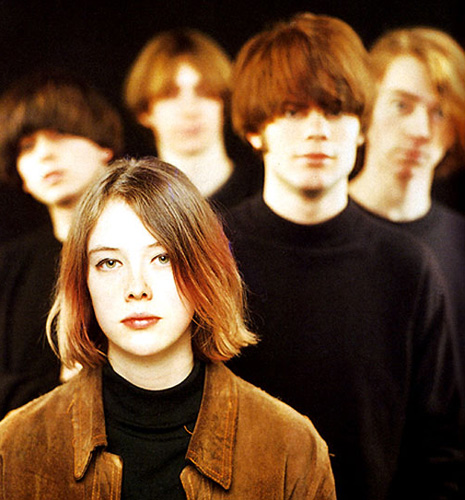

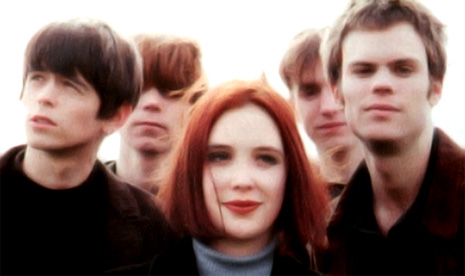
fell victim to a shoegaze backlash in the UK press, Slowdive proved that they were more than just the sum of their bowl cuts with 1993’s brilliant and luminous Souvlaki
, and followed it up with the minimalist experiment Pygmalion in 1995. All these years later, it’s the strange and adventurous (and kind of Talk Talk-ish) Pygmalion
that stands as my favorite of their albums, but at the time it was not a fan fave, and the band was dropped from Creation records almost immediately after its release. Three of the band members changed their name to Mojave 3 and continued on the 4AD label, and they’ve remained intermittently active under that name.









